A breast biopsy is a procedure that involves taking a tissue sample from the breast to determine whether a lump or abnormality is benign or malignant. It is a key diagnostic step in detecting breast cancer.
The procedure can be performed using different techniques, including fine needle aspiration, core needle biopsy, or vacuum-assisted biopsy. Ultrasound or mammography guidance ensures accurate sampling.
Breast biopsy is generally safe and well tolerated, with minimal discomfort for the patient. Local anesthesia is commonly used, and recovery is usually quick with no need for hospitalization.
The results of a breast biopsy are critical for planning appropriate treatment. Early diagnosis through biopsy allows timely management and significantly improves the chances of successful outcomes.
What is a breast biopsy?
Breast biopsy plays a critical role in the diagnosis of breast cancer. Tissue samples are taken from suspicious areas identified by physical examination or imaging techniques. This procedure is performed to definitively understand the nature of the lesions. Biopsy involves examining the tissues under a microscope. The information obtained from the procedure determines whether the lesion is cancerous.
Biopsy Methods:
- Fine needle aspiration
- Core needle biopsy
- Surgical biopsy
Each method may be preferred depending on the situation. The fine needle method is often used because it is less invasive.
How is a breast biopsy performed?
Breast biopsy includes a series of procedures used for the diagnosis of breast cancer. Each technique is specifically suitable for certain conditions and helps the physician understand the nature of the disease. Fine needle aspiration biopsy is generally preferred for evaluating cystic lesions or abnormalities in fluid-containing structures. While the patient is lying down, the specialist physician stabilizes the lesion with their hand and takes a sample with a fine needle under ultrasound guidance. This method is often used because it is minimally invasive.
With core needle biopsy, a more detailed analysis can be performed with a 1-2 mm tissue sample taken from the tumor. Both methods are performed under local anesthesia while the patient is awake and are completed within 10 minutes.
What are the advantages of breast biopsy?
Breast biopsy is very important in the diagnosis of breast cancer. This method both speeds up the diagnostic process and definitively determines the presence of disease. It also provides great comfort to patients; as it is usually a short and painless procedure. Biopsy results allow doctors to assess the status of the disease and determine the appropriate treatment method. Thanks to the precise and reliable information obtained by breast biopsy, the most effective treatment strategy for the patient can be applied. The advantages of this method include:
- Accessibility
- Fast diagnostic capacity
- High comfort and minimal invasiveness
- High accuracy in treatment planning
In which cases is a breast biopsy performed?
This procedure is performed under certain circumstances:
- When a lump or mass is felt during breast self-exam or physical examination,
- If suspicious findings are detected in imaging techniques such as ultrasound, mammography, or breast MRI,
- If there are signs such as bloody nipple discharge, crusting, or dimpling of the skin.
Such signs lead doctors to more detailed investigation. Tissue samples taken by breast biopsy are used to determine whether the lump in the breast is benign or malignant. In this way, definitive information about the nature of the disease is obtained, and the patient’s treatment process is shaped accordingly.
Are there any risks to breast biopsy?
There are some risks associated with breast biopsy, but these are usually rare. Mild bruising and swelling may occur in the breast during the procedure. These temporary effects usually resolve on their own. There is also a risk of infection or bleeding at the biopsy site. Such complications can be minimized with appropriate antiseptic measures and sterile conditions. Some changes may occur in the breast tissue after biopsy. This depends on the amount of tissue taken and the healing process. Most of the time, these changes may be a source of cosmetic concern but do not cause functional problems. If the biopsy results require additional treatment, this may affect the patient’s treatment plan. In some cases, symptoms such as redness, warmth, or abnormal discharge at the biopsy site may be seen. These may be signs of infection and require immediate medical attention.
What is the process after a breast biopsy?
The post-biopsy process varies depending on the type of procedure. Patients who have undergone fine needle biopsy can usually return to their normal lives immediately after the procedure. A bandage is applied to the biopsy area to provide local protection. If bruising or pain occurs, patients are advised to take certain precautions to manage these symptoms:
- Cold compress can be applied to the bruised area.
- Non-aspirin pain relievers are preferred.
What preparations are made before a biopsy?
Before a breast biopsy, the patient should provide important health information to the doctor. This step is critical both for patient safety and to identify possible complications that may be encountered during the procedure. The patient should share the following information with their doctor:
- Allergy status
- Whether aspirin has been used in the last seven days
- Use of blood-thinning medication
- Presence of any pacemaker or other electronic device if the breast biopsy is to be performed with MRI
- Pregnancy or possibility of pregnancy
What does the breast biopsy result show?
The pathology report detailing the breast biopsy results provides comprehensive information about the characteristics of the tissue. The report specifies the size, consistency, and location of the tissue samples obtained. It also explains whether cancer, precancerous cells, or non-cancerous changes are present in the sample. If the report contains benign diagnoses, no further treatment is usually necessary.
Benign findings:
- Cysts
- Fibroadenomas
- Fibrocysts
- Fat necrosis
- Lymph nodes
- Pseudoangiomatous stromal hyperplasia (PASH)
Intermediate-risk findings:
- Papillomas
- Atypical papillomas
- Radial scar (or Complex Sclerosing Lesion)
- Phyllodes tumors
High-risk findings:
- Flat epithelial atypia (FEA)
- Lobular carcinoma in situ (LCIS)
- Atypical lobular hyperplasia (ALH)
Cancer or precancerous findings:
- Ductal carcinoma in situ (DCIS)
- Invasive ductal carcinoma (IDC)
- Invasive lobular carcinoma (ILC)
How is cancer detected in a biopsy?
Cancer detection in breast biopsy is done through a meticulous examination process in the pathology laboratory. First, the tissue samples taken are examined in detail by pathology experts. Cells obtained from the samples are evaluated under a microscope. Cancer signs are sought in the examined cells, and the presence of abnormal or cancerous cells can be detected. If cancer cells are found, the pathology report indicates their presence and characteristics. The report also provides important information about the progression of the disease:
- The type and growth rate of the tumor,
- Tumor grade, i.e., the aggressiveness of the cancer.
If cancer cells are not found in the samples, the report explains this situation and that the cells are benign. Still, the pathologist performs various tests to ensure a detailed analysis of the cells. These tests include examinations for hormone receptors:
- Estrogen receptor,
- Progesterone receptor.
Comments from Patients Who Have Had a Breast Biopsy
For comments from Prof. Dr. Özgür Kılıçkesmez, you can check Google Maps or Doktortakvimi.
Frequently Asked Questions

Is anesthesia used during a breast biopsy? Yes, during a breast biopsy, local anesthesia is used to numb the area. This is done to provide a painless experience for the patient. Local anesthesia is administered before the suspicious tissue is sampled with a needle. Therefore, the patient does not feel pain during the procedure and has a comfortable experience. After the procedure is completed, patients can usually return to their daily lives on the same day. Thanks to local anesthesia, the patient can easily go home the same day.
Is a breast biopsy painful? Patients usually do not feel pain during a breast biopsy because the procedure is performed under local anesthesia. After the effect of anesthesia wears off, there may be redness, bruising, and mild pain in the biopsy area. These symptoms are usually temporary and do not cause significant discomfort. Thus, patients generally have a comfortable experience during this process. However, as each person’s pain threshold differs, the experience may vary from person to person.
How long does a breast biopsy take? A breast biopsy procedure is usually completed within 10 to 15 minutes. This period may vary depending on the patient’s health status and the specifics of the procedure. However, this is the general time frame allocated for the procedure. Most patients can return home on the same day. Therefore, it is considered a short medical procedure. Although the duration may vary from patient to patient, the average time stated is generally valid.
Is there pain after a breast biopsy? Mild pain or tenderness may be felt after a breast biopsy. This condition is usually temporary, and most patients can immediately return to their daily activities. After a procedure performed with local anesthesia, pain is generally at a tolerable level. Therefore, the pain that may occur after such a procedure does not significantly affect the patient’s quality of life. The sensation of pain may vary from person to person, but it is generally manageable. Most patients experience minimal pain after the procedure.
What should patients pay attention to after a breast biopsy? Patients should pay attention to a few important points after a breast biopsy. Firstly, it is important to keep the biopsy area dry and clean, so contact with water should be avoided. In addition, patients should avoid strenuous physical activity or heavy lifting for a few days. If there are signs such as redness, swelling, or persistent pain in the biopsy area, they should consult their doctor. In addition, patients should regularly take any prescribed medications and attend follow-up appointments as recommended by their doctor.
Does a breast biopsy give definite results? Breast biopsy does not always give definite results. Fine needle aspiration is effective, especially in distinguishing cystic and solid masses, with an accuracy rate of around 80–85% in determining whether the mass is benign or malignant. While this method is less invasive and faster, the sample obtained may sometimes be insufficient to determine whether the tumor is invasive or non-invasive. Therefore, false negative results may occur, and a core needle or surgical biopsy may be required for more definitive results.
Additional Resources and Documents

Interventional Radiology and Neuroradiology Speaclist Prof. Dr. Özgür Kılıçkesmez graduated from Cerrahpaşa Medical Faculty in 1997. He completed his specialization at Istanbul Education and Research Hospital. He received training in interventional radiology and oncology in London. He founded the interventional radiology department at Istanbul Çam and Sakura City Hospital and became a professor in 2020. He holds many international awards and certificates, has over 150 scientific publications, and has been cited more than 1500 times. He is currently working at Medicana Ataköy Hospital.

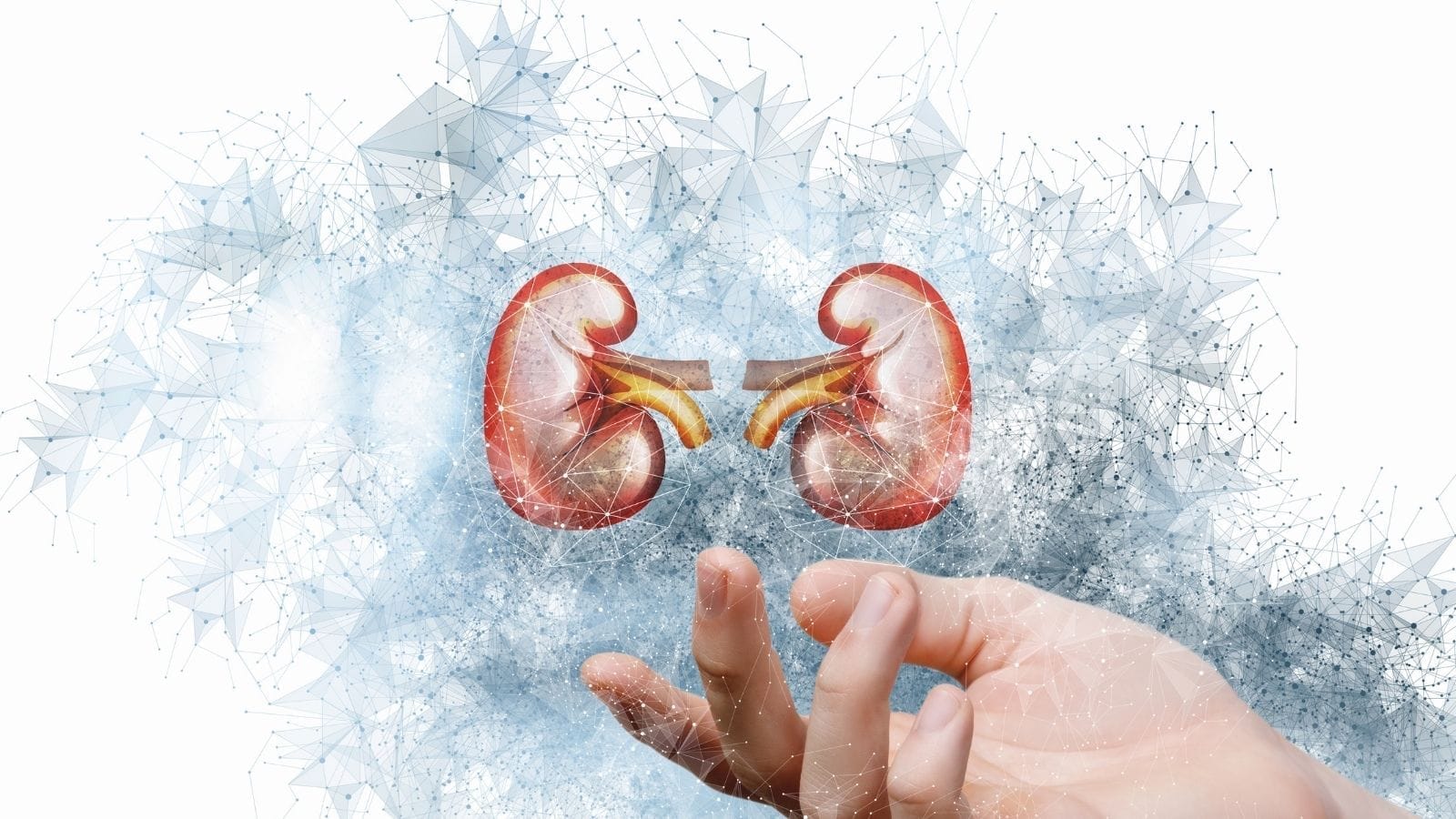

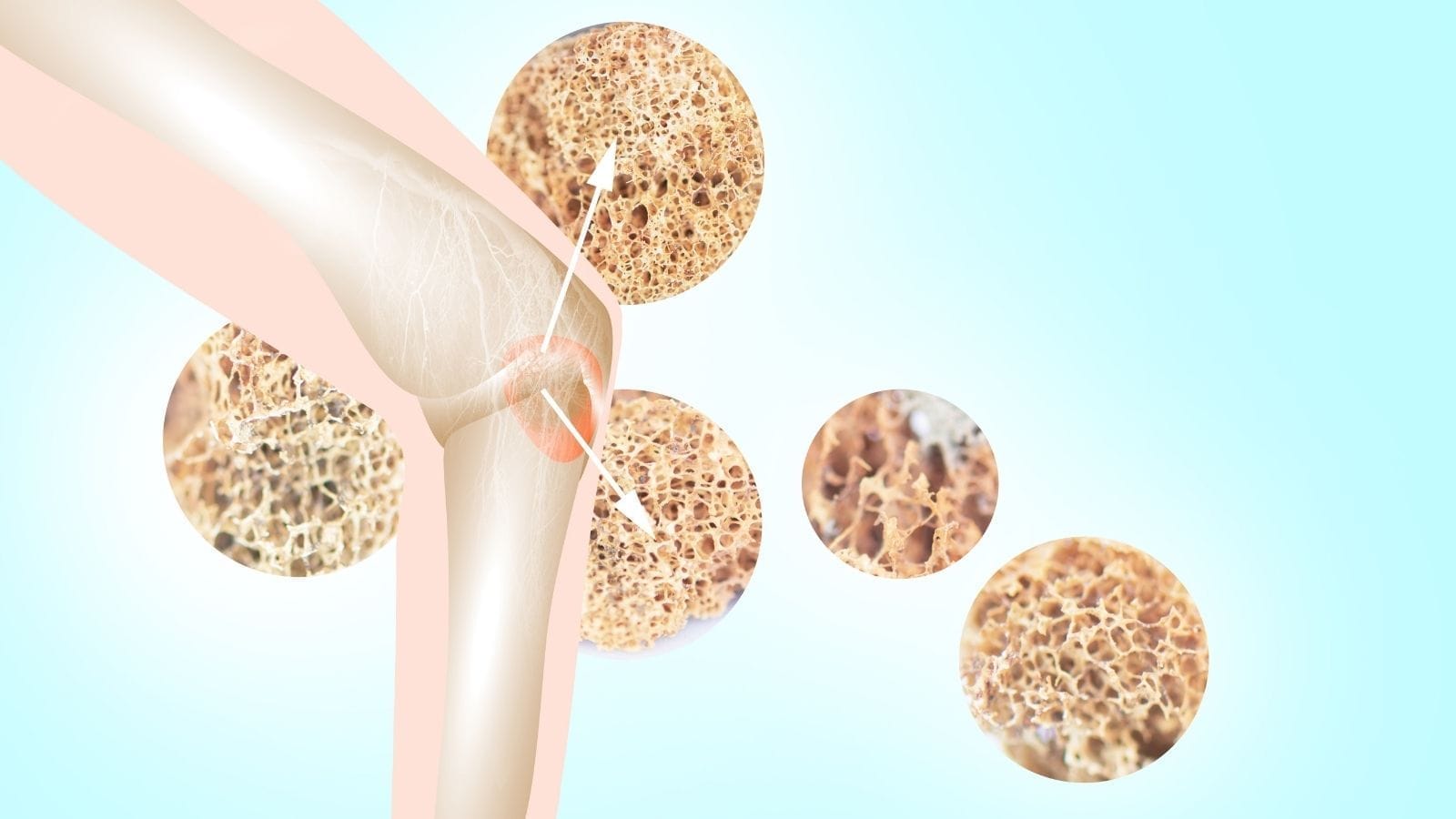
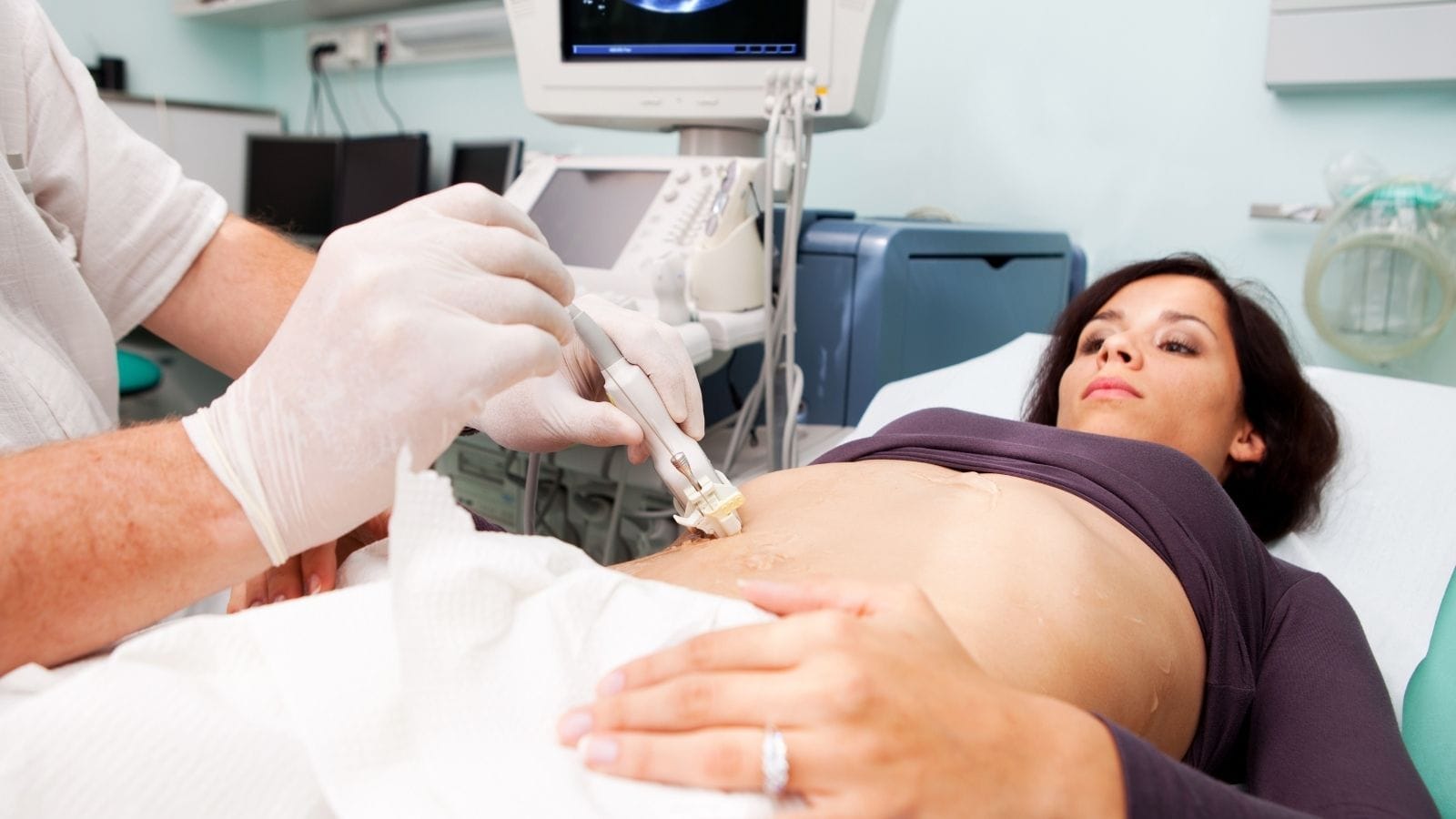
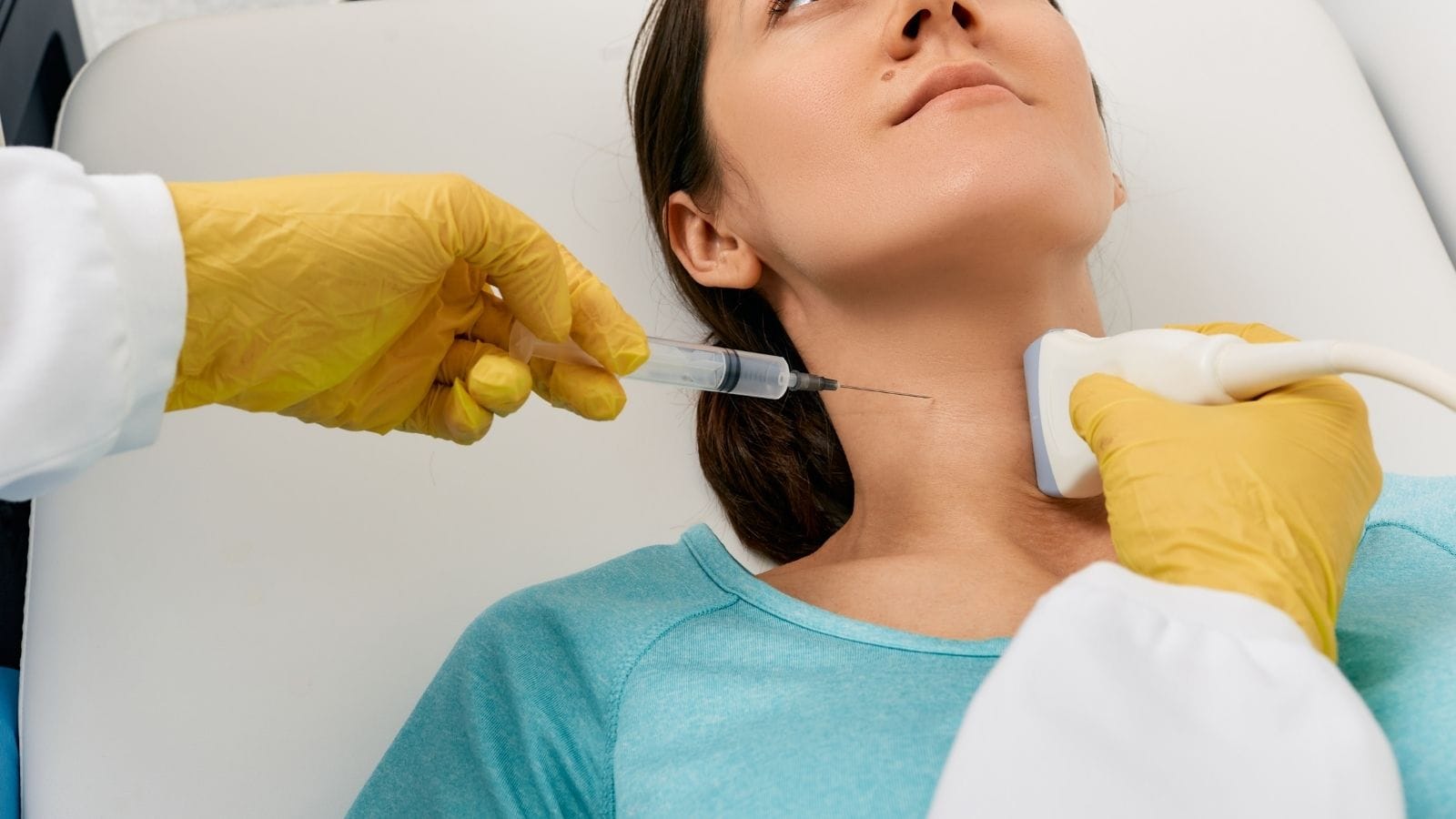
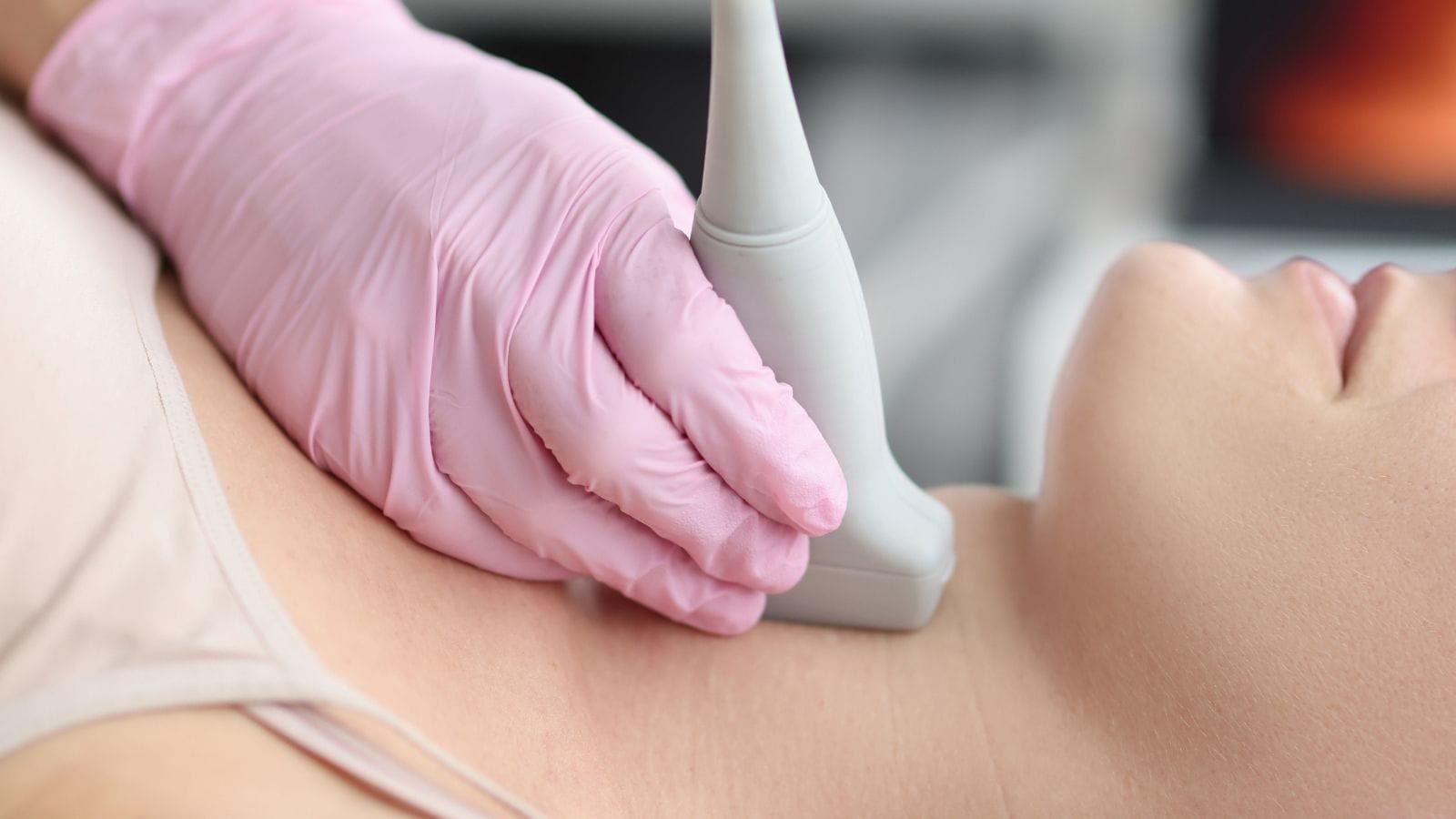
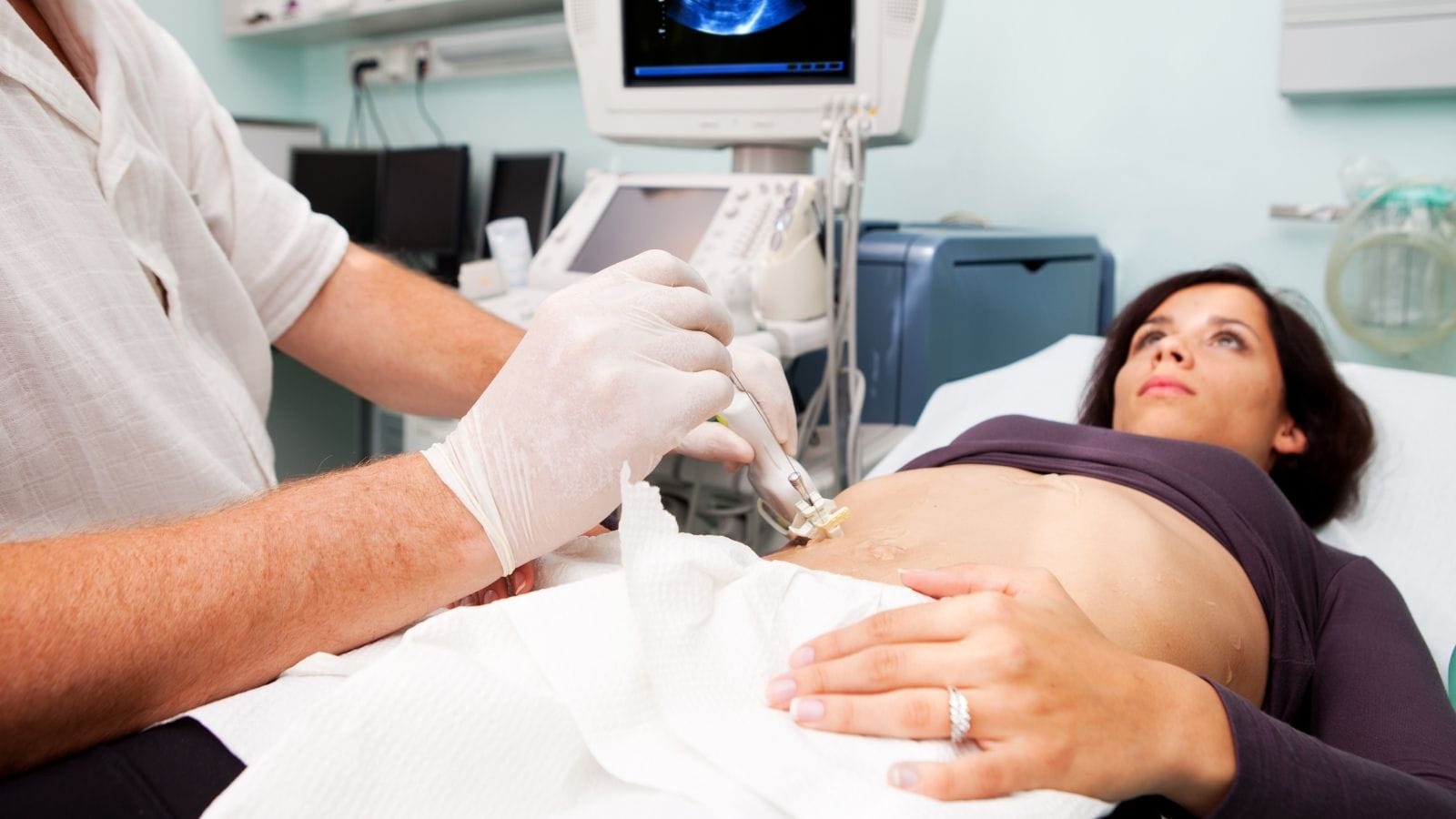
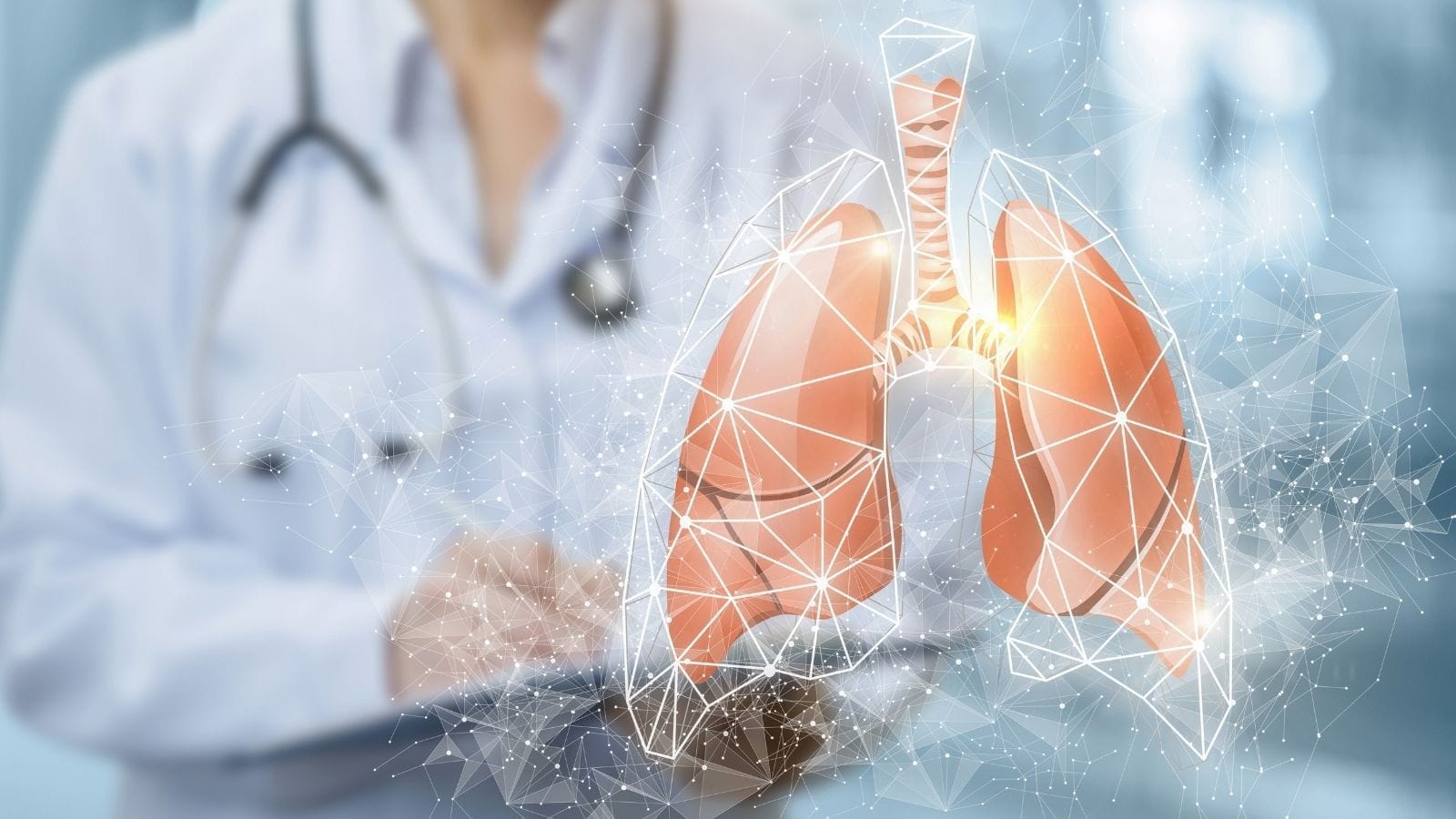
Vaka Örnekleri